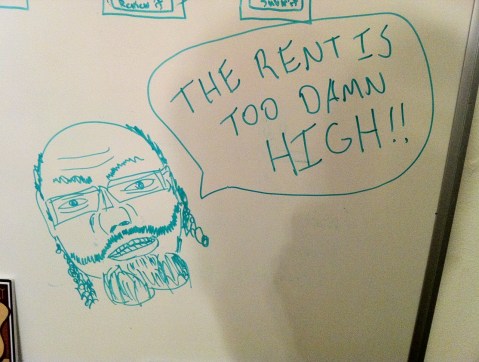The Center for Responsible Lending has posted a fact sheet, The State of Lending for Latinos in the U.S. It reads, in part,
At 55 million, Latinos represent the nation’s largest ethnic group and the fastest growing population. However, Latinos continue to face predatory and discriminatory lending practices that strip hard-earned savings. These abusive practices limit the ability of Latino families to build wealth and contribute to the growing racial wealth gap between communities of color and whites. The Center for Responsible Lending (CRL), along with its numerous partners, has sought to eliminate predatory lending products from the marketplace. High-cost, debt trap lending products frequently target Latinos and other communities of color. (1)
No disagreement there. The fact sheet continues,
Barriers to Latino Homeownership
According to a 2015 national survey of Latino real estate agents, nearly 60 percent said that tighter mortgage credit was the No. 1 barrier to Latino homeownership; affordability ranked second.
In 2014, Latino homeownership dropped from 46.1 percent in 2013 to 45.4 percent. In 2013, Latinos were turned down for home loans at twice the rate of non-Latino White borrowers and were more than twice as likely to pay a higher price for their loans. (1)
I have a few problems with this. First, I am not sure that I would unthinkingly accept the views of real estate agents as to what ails the housing market. Real estate agents make their money by selling houses. They are less concerned with whether the sale makes sense for the buyer long-term. Second, it is unclear what the right homeownership rate is. Many people argue that higher is always better, but that kind of thinking got us into trouble in the early 2000s. Finally, stating that Latinos are rejected more frequently and pay more for their mortgages without explaining the extent to which non-discriminatory factors might be at play is just sloppy.
The fact sheet quotes CRL Executive Vice President Nikitra Bailey, “As the slow housing recovery demonstrates, there is a market imperative to ensure that Latino families have access to mortgages in both the public and private sectors of the market. The market cannot fully recover without them.” (1) But what Latino households and the housing market need is not just more credit. They need sustainable credit, mortgages that are affordable as homeowners face the expected challenges of life — unemployment, sickness, divorce. It is a shame that the CRL –usually such a thoughtful organization — did not address the bigger issues at stake.


![OLYMPUS DIGITAL CAMERAAnthony22 at English Wikipedia [GFDL (https://www.gnu.org/copyleft/fdl.html) or CC BY-SA 3.0 (https://creativecommons.org/licenses/by-sa/3.0)], via Wikimedia Commons](https://i0.wp.com/www.refinblog.com/wp-content/uploads/2015/10/Westchester_Couny_Center_December_3_2013.jpg?resize=549%2C345&ssl=1)


